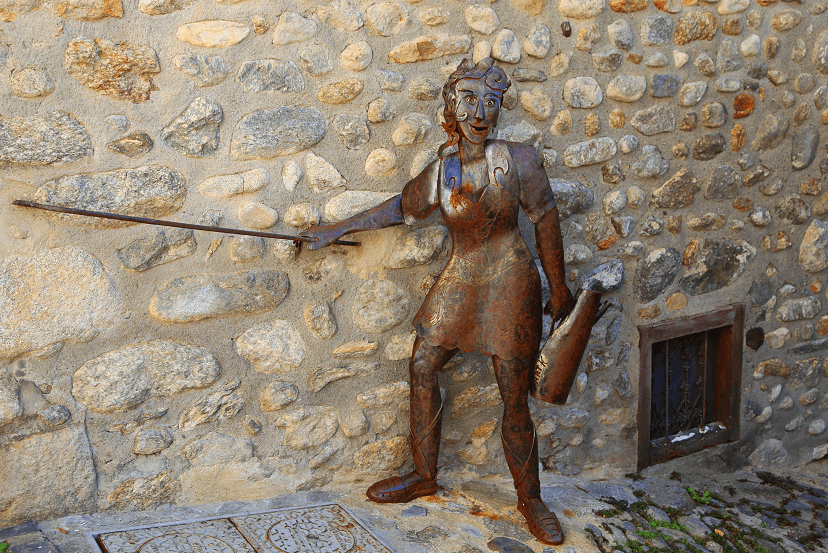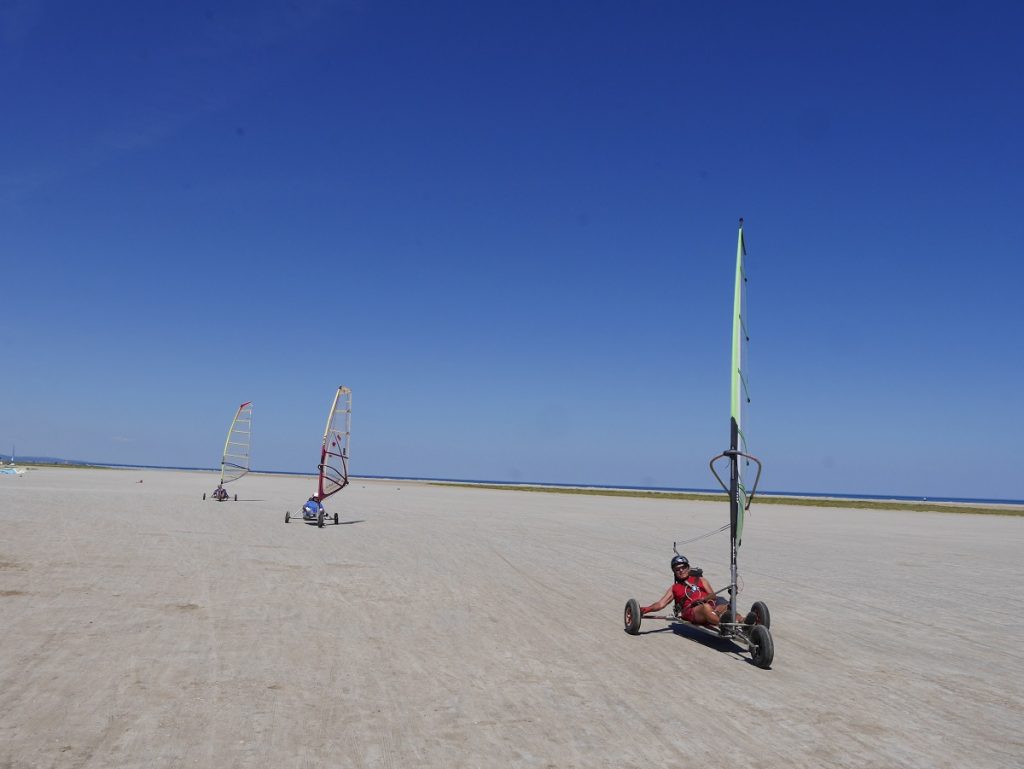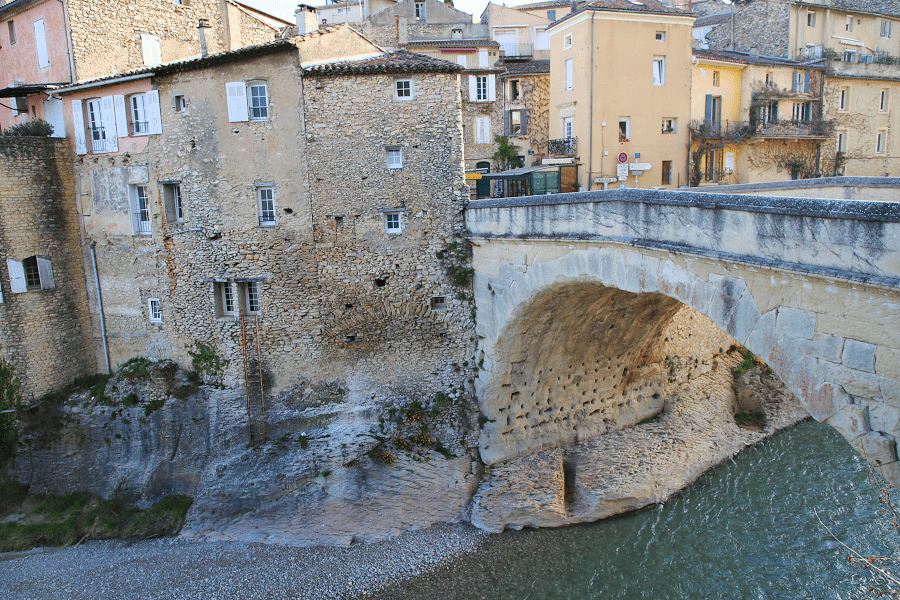Prats-de-Mollo-la-Preste is a commune, located in Occitania, in the arrondissement of Céret (France, Pyrenees), department of Pyrénées-Orientales. Surrounded by ramparts, its old medieval town with cobbled streets is dominated by Fort Lagarde. The latter was built by Vauban in the 17th century to control the new border of the Treaty of the Pyrenees.
Since 2023, the village has been a member of the association – “the most beautiful villages of France“.
Historically and culturally, the commune is in Vallespir, a former viscounty (included in the Middle Ages in the viscounty of Castelnou), attached to France by the Treaty of the Pyrenees (1659) and approximately corresponding to the Tech valley.
Exposed to an oceanic climate, it is drained by the Tech, the Parcigoule, the Graffouil river, Torrent de la Figuèra, Torrent du Corral, Torrent el Canidell and various other small rivers. The commune has a remarkable natural heritage: four Natura 2000 sites (the Canigou massif, the conque de la Preste, the Canigou-Conques de La Preste and le Tech), a protected area (the reserve national park of Prats-de-Mollo-la-Preste) and six natural areas of ecological, fauna and flora interest.
Only a few kilometres away, La Preste is a spa town known for its healing waters and treatment of urinary infections and related diseases. In the 14th century, people with leprosy used to bathe in the “Leper’s pool” to help relieve their symptoms.
Prats-de-Mollo-la-Preste is a rural commune that had 1,134 inhabitants in 2021, after having experienced a population peak of 3,730 inhabitants in 1846.
Main attractions
- The first ramparts of Prats-de-Mollo, capital of Haut Vallespir, were built in the first half of the 14th century. Destroyed during the Angelets revolt, they were rebuilt in 1683. They were classified as historical monuments in 1930. Marshal of Louis XIV, Sébastien Vauban, who had Fort Lagarde built, overlooking the place. The Spanish Gate was classified as a historic monument in 1922 and the ramparts in 1930.
- Fort Lagarde is a 17th century citadel dominating the city, a perfect example of adaptation of the concept of bastioned fortification which has been classified as a historic monument since 1925.
- The Mir Tower, a watchtower built in the 13th century by James I of Aragon, king of Majorca, to monitor the French border at a place called El Mir de Dalt, is a signal tower. Circular in plan, it has three levels covered with dome vaults. It was registered as a historic monument on December 16, 2002.
- The Sainte-Juste-et-Sainte-Ruffine church was classified as a historic monument by decree of September 14, 1921.
- Chapelle Saintes-Juste-et-Ruffine de Prats-de-Mollo, same name as the church, is located in the center of the village. It is decorated with stained glass windows and paintings by Jean Lareuse (painter of Pratean origin).
- Saint-Sauveur Church of Les Planes.
- Church of Saint-Roch de La Preste.
- Saint-Isidore Church of La Preste.
- Notre-Dame-du-Rosaire chapel in Prats-de-Mollo.
- Saint-Antoine-de-Padoue chapel of the Prats-de-Mollo hospital.
- Chapel of Saint-Christ de Sandreu.
- Saint-Christ du Boix Chapel.
- Chapel of Saint-Jean-Baptiste in Perella Castle.
- Chapel of Saint Lucia in Prats-de-Mollo.
- Chapel of Saint Martin of Vilaplana.
- Preste Chapel.
- The Notre-Dame-du-Coral hermitage is a place of pilgrimage built in the 17th and 18th centuries.
- The Sainte-Marguerite chapel of the Col d’Ares, shortly before the Col d’Ares, Romanesque church in ruins, accompanied by an old hospice. The building was listed as a historic monument in 2009.
- The Collada Verda II tumulus is a megalithic site.
How to get to?
From Paris: 8 hr 55 min (905 km) via A71 and A75
From Toulouse: 3 hr 2 min (262 km) via A61 and A9
From Carcassonne: 2 hr 12 min (171 km) via A61 and A9
From Perpignan: 1 hr 11 min (58.9 km) via D900 and D115
From Narbonne: 1 hr 45 min (122 km) via A9 and D115
From Andorra: 3 hr 7 min (164 km) via Eix Pirinenc/N-260
From Barcelona: 2 hr 26 min (160 km) via C-17
From Madrid: 7 hr 44 min (706 km) via A-2
From Monaco: 5 hr 53 min (554 km) via A8 and A9
From Moscow: 38 hr (3,483 km) via E30/M1
From Belgrade: 19 hr 2 min (1,859 km) via E70
From Istanbul: 30 hr (2,810 km) via E70
From Bern: 8 hr 27 min (812 km) via A9
Main information
Area: 145,09 km2
Population: 1134
Coordinates: 42°24′17″N 2°28′47″E
Language: Catalan, French
Currency: Euro
Visa: Schengen
Time: Central European UTC +1
























